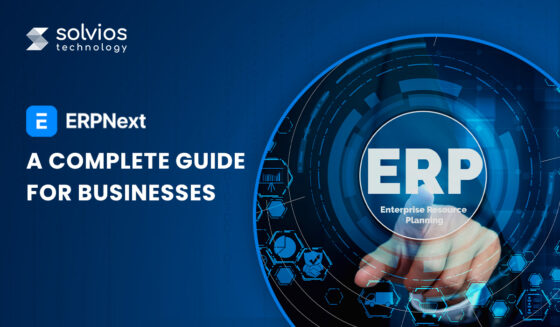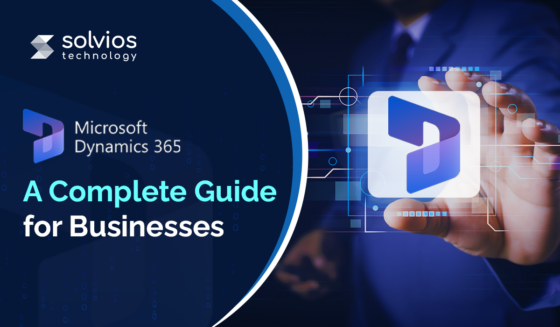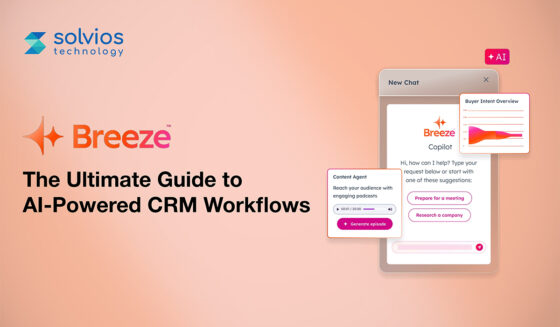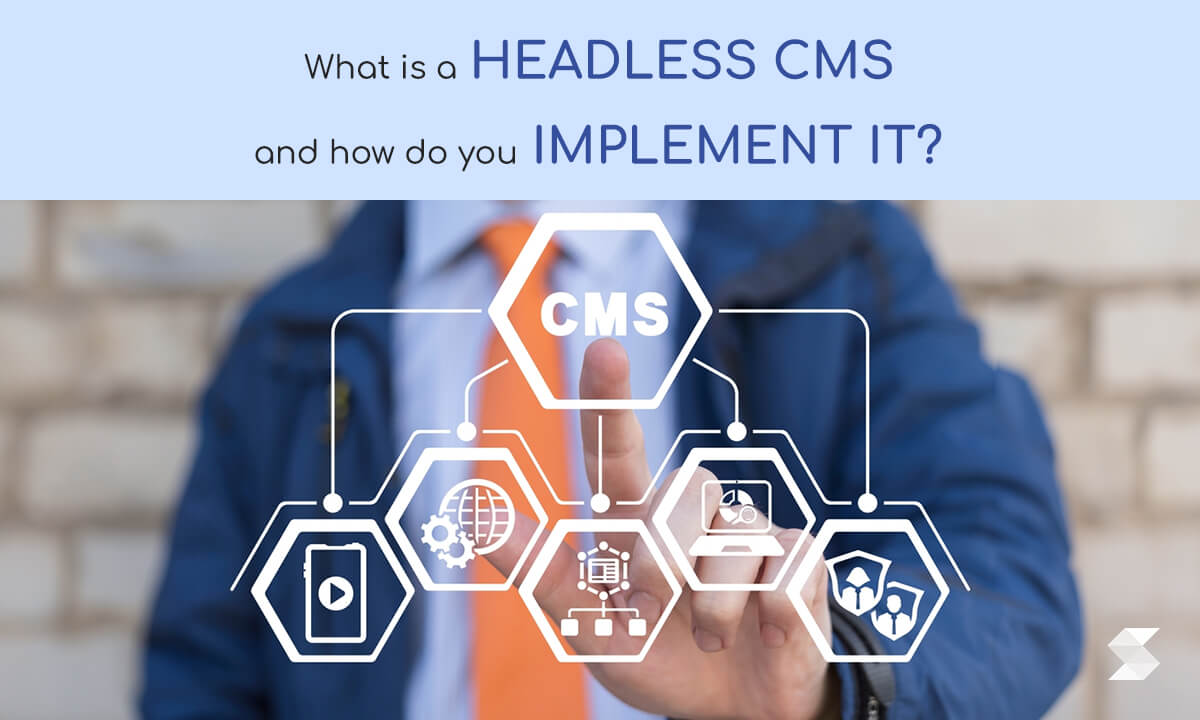
A headless CMS is a content management system (CMS) that enables content creators to manage and store digital content independently from how it is displayed on the front end. This type of CMS is seen as an alternative to the traditional model of content management systems that are based on a graphical user interface (GUI).
Instead, a headless CMS provides an application programming interface (API) that makes it easy for developers to create and consume content, regardless of the output format.
A headless CMS system is a great solution for businesses that need to manage large amounts of content in multiple formats and across multiple applications. By separating the content management and presentation layers, businesses can more easily integrate content into their existing web applications, mobile apps, and other platforms.
This type of Content Management System makes it easy to create complex content experiences, such as interactive tutorials while allowing content creators to remain agile and responsive to changing customer needs.
Additionally, Headless CMS solutions can provide developers with more flexibility and control over their content delivery. By using an API, developers can easily integrate content into other applications and customize content delivery to fit different user experiences.
How to Choose the Right Headless CMS for Your Business?
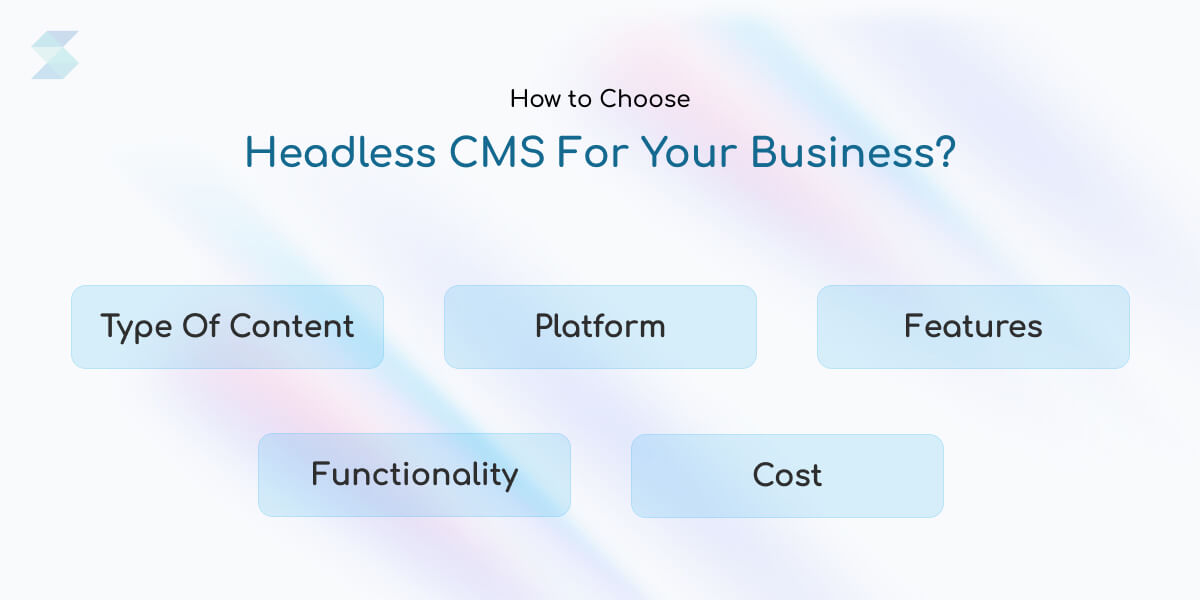
Choosing the right headless CMS system for your business can be a daunting task. With so many options available, it can be difficult to determine which one will best meet the needs of your business.
Fortunately, there are some steps you can take to make sure that you make the right choice.
First things first, you should consider the type of content you need to manage
Different headless CMSs have different capabilities when it comes to content management. It is important to determine which type of content you need to manage and then find a headless CMS that can handle that content.
Next, you should consider the development platform you will be using to build your website
Different headless CMS offer different levels of compatibility with various development platforms. It is important to make sure that the headless CMS you choose is compatible with the development platform you are using.
You should also consider the features and functionality that you need in a headless CMS
Different headless CMSs offer different features and it is important to make sure that the one you choose has the features and functionality that you need.
Finally, you should consider the cost of the headless CMS
Different headless CMSs have different price points and you need to make sure that the one you choose is within your budget.
By following these steps, you can make sure that you choose the right headless CMS for your business. With the right headless CMS, you can take advantage of all the benefits that headless CMSs provide, such as increased flexibility and scalability, improved content delivery, and increased security.
Steps to Set Up a Headless CMS
Setting up a headless CMS for your business is one of the best decisions you can make for improving your website’s performance and user experience. A headless CMS allows you to separate your content from the presentation layer, giving you more control over both parts.
However, there are a few steps that you must take to ensure that your headless CMS is properly set up and working correctly.
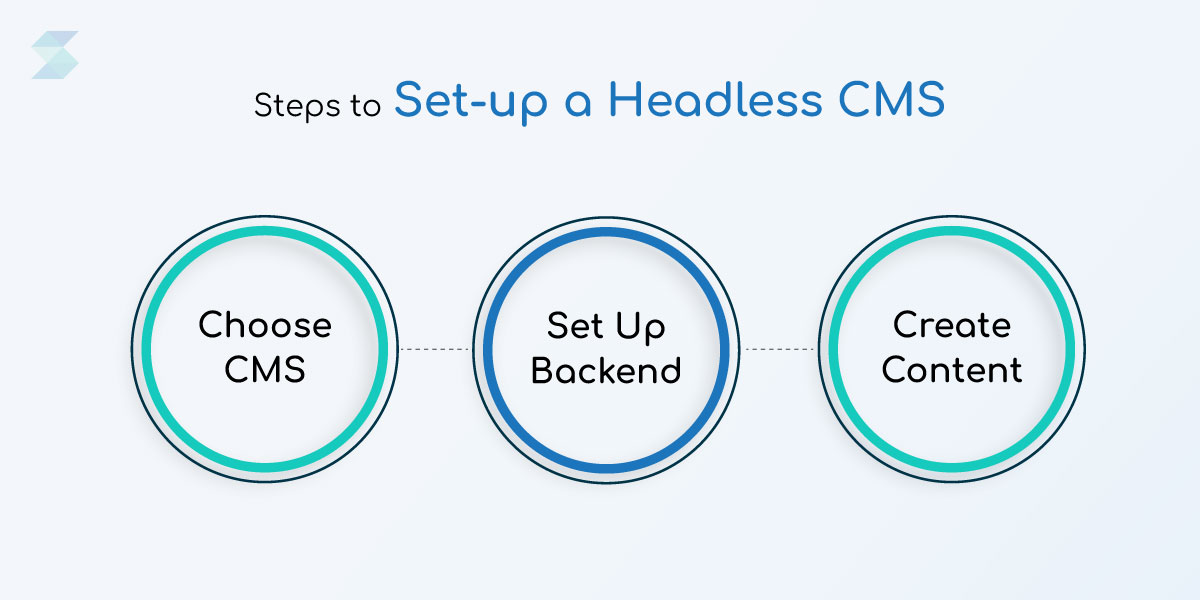
The first step is to choose the right content management system for your business
This is an important decision, as the right CMS will have the features you need to create and manage content effectively. There are a variety of headless CMS options available, so take the time to evaluate the features and capabilities of each one to determine the best fit for your business.
Once you’ve chosen the Content Management System, the next step is to set up the backend
This involves connecting your Content Management System to the presentation layer, such as web pages and apps. This allows content to be presented in the format that is most appropriate for each platform. For example, a blog post can be formatted differently when presented on a website than when presented on a mobile app.
The next step is to create content
This is an important step, as the content you create will be the foundation of your headless CMS. The content should be well-structured and organized in a way that makes it easy to find and access. In addition, content should be written in a way that makes it easy to understand and navigate.
Once the content is created, the next step is to publish it. This is where a headless CMS comes in handy and helps improve the reachability of your website.
How Can Implement a Headless CMS?
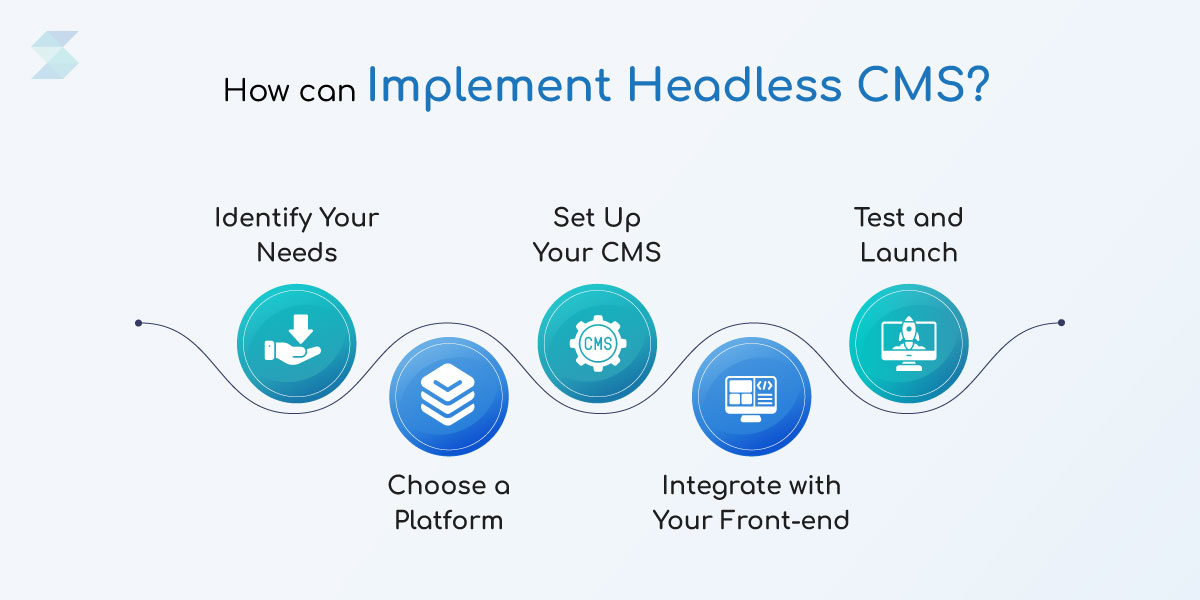
Headless CMS has become increasingly popular in recent years, offering businesses a more efficient way to manage their content. But how can businesses implement a headless CMS? This step-by-step guide will help you get started.
Identify Your Needs
Before implementing a headless CMS, it’s important to assess your needs and determine what content you need to manage. This will help you choose the best solution for your business.
Choose a Platform
Once you’ve identified your needs, it’s time to choose a platform for your Headless Content Management System. There are many different options available, so it’s important to do your research and select the one that best meets your requirements.
Set Up Your Content Management System
Once you’ve chosen a platform, it’s time to set up your CMS. This involves creating a database, setting up user accounts and permissions, and configuring the system to meet your needs.
Integrate with Your Front-end
After setting up your Content Management System, it’s time to integrate it with your front end. This involves connecting it to your website, app, or other front-end frameworks. It’s important to ensure a seamless integration to ensure a smooth user experience.
Test and Launch
After integrating your Content Management System with the front end, it’s time to test and launch the system. This involves testing all the features and ensuring everything is working correctly. Once you’re confident the system is ready, you can launch it and start managing your content.
Why Does Your Business Need a Custom Web Development Solution?
Discover the Solution!How to Get the Most Out of Headless CMS Systems?
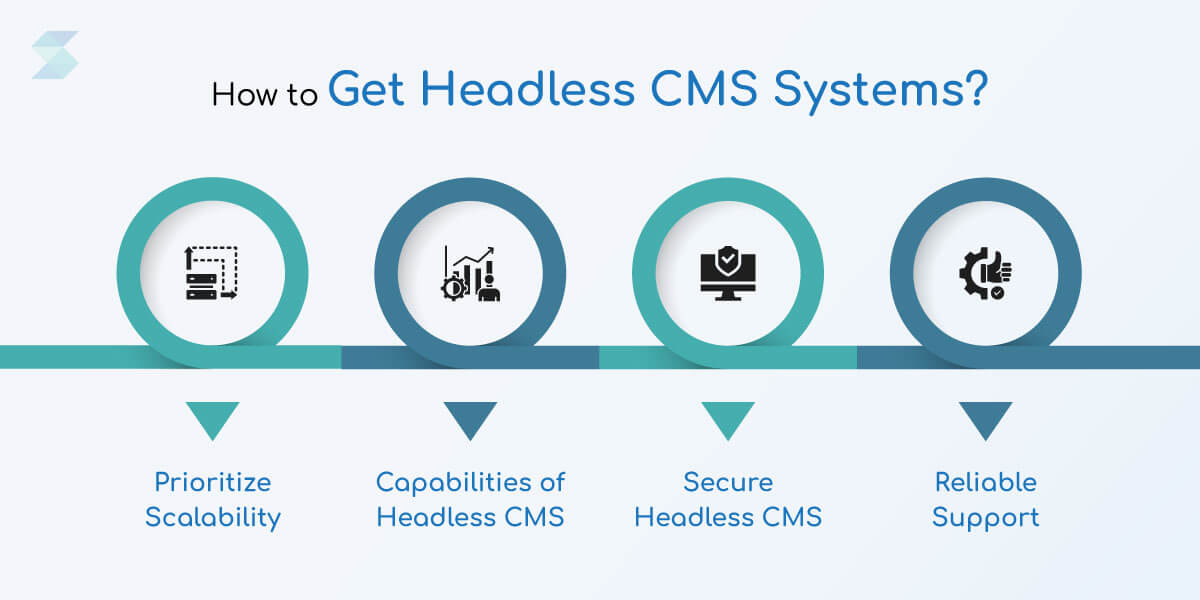
A headless CMS framework can help businesses reap many benefits. They can provide a flexible, cost-effective platform for managing content, while also allowing for innovative experiences across multiple channels. To get the most out of a headless CMS, businesses should consider following a few simple tips.
Businesses should prioritize scalability
Headless CMS is generally cloud-based, which means it can accommodate the ever-evolving needs of businesses in terms of content management. Businesses should pay attention to the scalability of the platform when choosing a Headless Content Management System, as this will ensure that they can easily adjust as their needs increase over time.
Businesses should consider the integration capabilities of their headless CMS
It should be able to integrate seamlessly with other systems and platforms, such as eCommerce or digital marketing platforms. This will ensure that businesses can easily create and manage content for all the channels they use.
Businesses should also ensure that the headless CMS they choose is secure.
Security should be a top priority for any business, and a headless CMS should be able to ensure secure data storage and data access.
Businesses should look for a headless CMS that offers support.
Quality customer service is essential for any business and a Headless Content Management System should provide reliable, timely support for all its users.
In Conclusion,
Headless CMS technology provides a unique and advantageous way for businesses to manage their content more effectively. With the flexibility and scalability of this type of Content Management System, businesses can create, manage, and deliver content more efficiently and effectively.
Organizations that use headless CMS technology can benefit from improved customer engagement, better customer experiences, and more efficient content management. By taking the time to understand how headless CMS works, businesses can capitalize on the benefits that this type of technology provides.
Solvios Technology can be a Solution Partner for Headless Web Development.

Does Headless CMS sound good to you? Solvios Technology is a headless CMS development company that offers headless web development, and design services. We help companies to build SEO-friendly websites using headless technology.
Talk to Our Expert Team of Web Consultants to Discuss Your Project Requirements.
Get in Touch!Tags
Related Blog
Want to get started with App Development?
These applications are acquiring enormous prevalence by offering hands-on enterprise mobility solutions for organizations around the globe.
Start A Conversation







